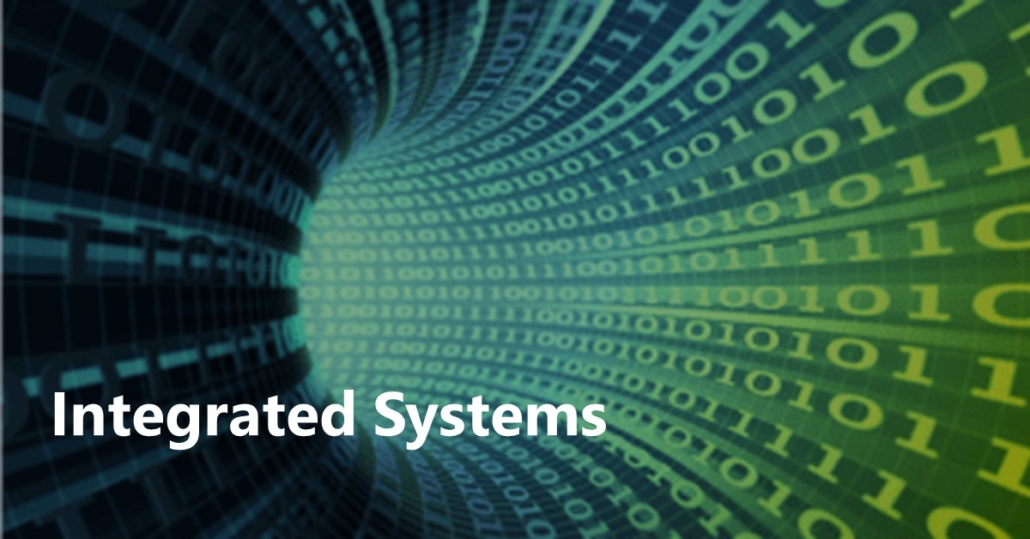AnB: Application-In-A-Box To Rapidly Deploy and Self-Optimize 5G Apps
We present Application in a Box (AnB) product concept aimed at simplifying the deployment and operation of remote 5G applications. AnB comes pre-configured with all necessary hardware and software components, including sensors like cameras, hardware and software components for a local 5G wireless network, and 5G-ready apps. Enterprises can easily download additional apps from an App Store. Setting up a 5G infrastructure and running applications on it is a significant challenge, but AnB is designed to make it fast, convenient, and easy, even for those without extensive knowledge of software, computers, wireless networks, or AI-based analytics. With AnB, customers only need to open the box, set up the sensors, turn on the 5G networking and edge computing devices, and start running their applications. Our system software automatically deploys and optimizes the pipeline of microservices in the application on a tiered computing infrastructure that includes device, edge, and cloud computing. Dynamic resource management, placement of critical tasks for low-latency response, and dynamic network bandwidth allocation for efficient 5G network usage are all automatically orchestrated. AnB offers cost savings, simplified setup and management, and increased reliability and security. We’ve implemented several real-world applications, such as collision prediction at busy traffic light intersections and remote construction site monitoring using video analytics. With AnB, deployment and optimization effort can be reduced from several months to just a few minutes. This is the first-of-its-kind approach to easing deployment effort and automating self-optimization of the application during system operation.


